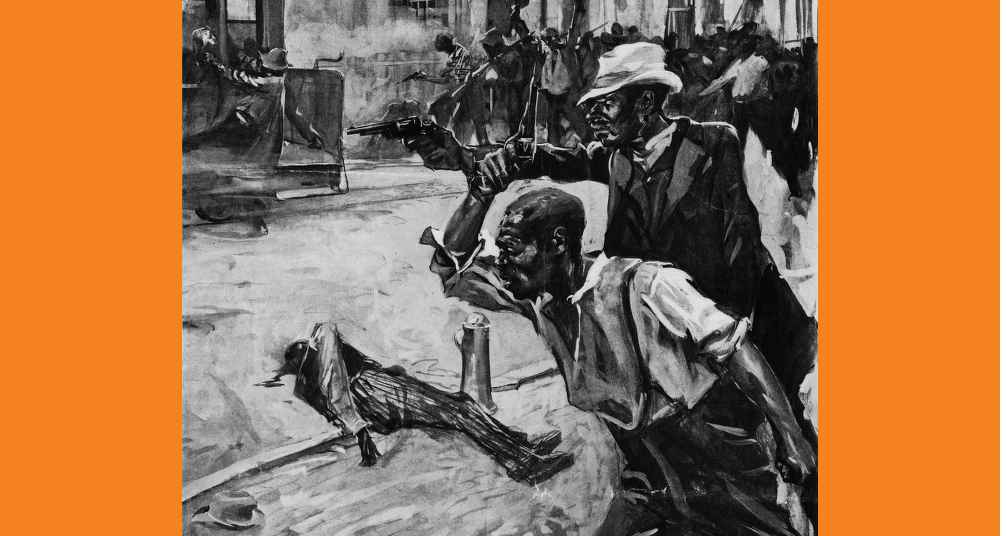“Making the Beast with two Backs” – Interracial Relationships in Early Modern EnglandPosted in Articles, Literary/Artistic Criticism, Media Archive, United Kingdom on 2018-02-15 19:51Z by Steven |
“Making the Beast with two Backs” – Interracial Relationships in Early Modern England
Literature Compass
Volume 12, Issue 1, January 2015
Pages 22–37
DOI: 10.1111/lic3.12200
Miranda Kaufmann, Senior Research Fellow
Institute of Commonwealth Studies, School of Advanced Study
University of London
Shakespeare’s tragedy of Othello and Desdemona has long attracted critics to consider the issues of interracial relationships and miscegenation in early modern England. More recently, other black characters have been found in Renaissance literature and an African presence in 16th and 17th century England has been demonstrated from archival sources. This article gives an overview of these developments and their implications for the study of interracial relationships in early modern literature. Evidence from the archives is brought to bear on different aspects of relationships both between black men and white women and between black women and white men. This new information about interracial marriages, as well as sexual intercourse or “fornication”, prostitution and the resulting mixed race children must be incorporated into the discussion of interracial relationships in Renaissance literature.
Read or purchase the article here.


